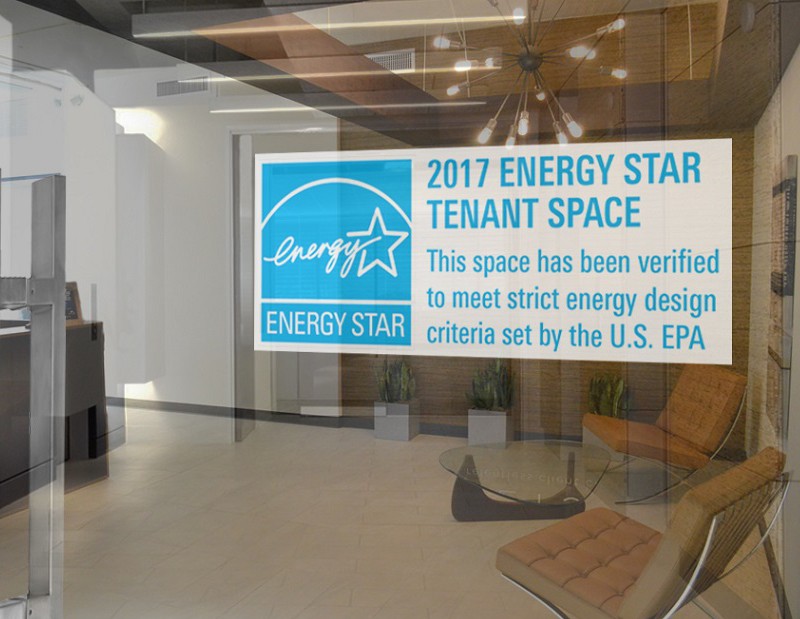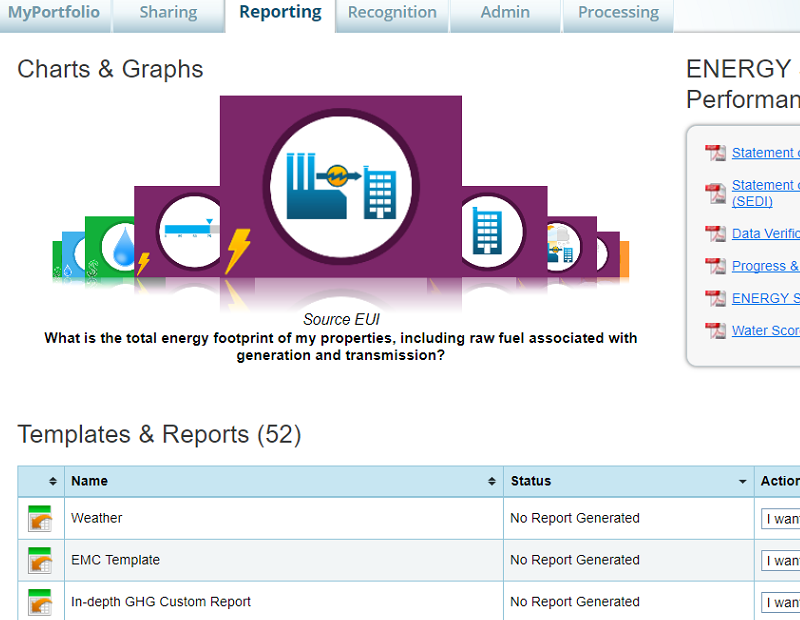Reaching for the ‘Star’
Tougher standards are ahead for the popular Energy Star program. Here's how to be ready when new certification requirements take effect this year.
By Jeffrey Steele

Candidates for Energy Star certification will need to meet higher standards when the U.S. Environmental Protection Agency rolls out new criteria later this year. (Photo: U.S. EPA)
For more than a decade, Energy Star has served as a seal of approval for sustainable operations, attracting the participation of more than half a million properties. This summer, new standards will take effect that have major implications for the thousands of owners who submit their properties for approval by the popular program, measuring, tracking and reporting on their energy water and waste. Certification standards will rise, and that means some buildings currently qualifying for certification may not once the bar is raised.
“Everyone’s score is going to change,” said Michael Zatz, manager of the Energy Star Commercial Buildings program at the U.S. Environmental Protection Agency. The new standards will follow on the heels of a record 9,500 certifications awarded in 2017, a significant jump over the 7,500 awarded during the previous year.
Energy Star scores are based on Commercial Buildings Energy Consumption Surveys (CBECS) taken from randomly selected properties nationwide. Current scores are based on a survey conducted in 2003. When scoring is updated this August, the new guidelines will be based on a far more recent 2012 survey. “From 2003 to 2012, commercial buildings did improve in their energy efficiency,” Zatz explained. “So the bar has to get higher.”
In order to gain the traditional qualifying score of 75 in the revised scoring system, building owners are undertaking changes, according to Cliff Majersik, executive director of the Institute for Market Transformation (IMT), a Washington, D.C., non-profit organization focused on energy-efficient buildings. “Most of their strategies aren’t new to the world, but are new to many building owners,” he said.
Those strategies, he noted, range from operating set points to ensure that empty buildings are not being heated or cooled to training janitorial staffs to turn off lights, replacing inefficient lighting, upgrading controls, installing sensors that turn off lights, and periodic building commissioning.
Zatz emphasized that improvements can often be made through low- or no-cost operational changes and modified habits among occupants, and that those should be explored first.

EPA officials urge Energy Star candidates to apply as soon as possible, since certification will become more challenging this year. (Image: U.S. EPA)
Building owners and operators may also want to seek assistance from consultants in navigating the new requirements. “You’re going to be graded on a harder curve,” said Jon Moeller, CEO of MACH Energy, which advises property owners and managers on Energy Star compliance. The firm analyzes Smart Meter data for opportunities to reduce use and improve scores.
The EPA is encouraging owners to apply for Energy Star certification before the release of the new scores, Zatz said. “If you’re thinking about it, better to do it now and don’t wait,” he added. “And if you want a record of your old score, print it out or save it to your computer. Make sure you document it, because we will not have it after the change.”
As EPA prepares to roll out its new standards, industry stakeholders are finding new applications for Energy Star. BOMA International is leveraging Portfolio Manager as the utility calculations tool for the W2 Challenge, the organization’s recently launched two-year initiative to encourage water consumption and waste output benchmarking and improved performance. More than 1,700 buildings have signed on to the challenge to date, reported John Bryant, vice president of advocacy for BOMA International.
Also in the works is a new variation on the Energy Star program geared for occupants. Originally known as Tenant Star, the Energy Star for Tenants program extends the certification, allowing tenants to be Energy Star certified just as buildings have been. The program was originally expected to attract about 30 participants and ultimately drew a diverse group of about 100 office tenants from around the country, Zatz reported.
Participants in the pilot study are working through EPA webinars and other informational tools and providing feedback. After a final follow-up with program participants, EPA will fine-tune the program, with the goal of rolling it out to office tenants this year. Once this initiative has been launched, he added, the agency will begin investigating the possibility of expanding the program to also include retail and warehouse tenancy.
As these numbers suggest, Energy Star Commercial Buildings remains hugely popular. “You can see it in the tens of thousands of buildings using it as a tool to save themselves money,” Majersik said. “It’s saving billions of dollars a year. The fact that it’s now being expanded from energy to also incorporate water and waste savings only extends its value.”







You must be logged in to post a comment.